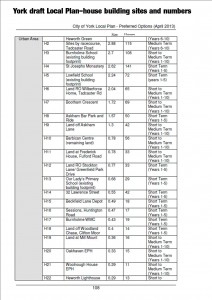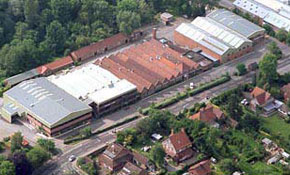Cllr Tracey Laing has told residents that she can’t afford to buy a home in York.
With several 2 bedroomed properties available at around £120,000, one wonders just how much more a £24,000 a year “Cabinet” member needs to earn to get on the housing ladder?
Or indeed how “cheap” a house has to be before it becomes “affordable”.
But the biggest eyebrow raiser will be the comment that 22,000 extra homes are required over the next 15 years because of “increased birth rates”.
No evidence was presented by the Council, before the Local Plan consultation started, to justify such a claim. They should publish a trajectory showing how many of the new homes will be occupied by “local people”.
There was a hike in birth rates 3 years ago but it is falling again. York has a lower birth rate than the rest of the region anyway.
For the 22,000 homes to be occupied by the children of existing York residents, an amazing advance in medical science would be required.
Increased procreation will need to be backdated to 1995.
The Council argued that it needed nearly 5000 homes to meet waiting list demands.
A few weeks ago it downgraded that requirement to 2200, taking 2400 people off the housing list at one fell swoop.
It also claimed that the homes would house workers in new industries which would grow in the City.
Clearly that level of economic growth isn’t going to be sustained, but – if it was – then vast majority of the houses would be occupied by inward migrants.
The representations made by York residents haven’t yet been considered by the Council. We understand that they intend to “redact” responses to obscure the identities of the authors.
Irrespective, that is, of whether the authors wish to remain anonymous.
It is already clear that some Labour hard liners are going to ignore electors, paving the way for a major showdown at the Public Inquiry next year and at the 2015 local elections.






